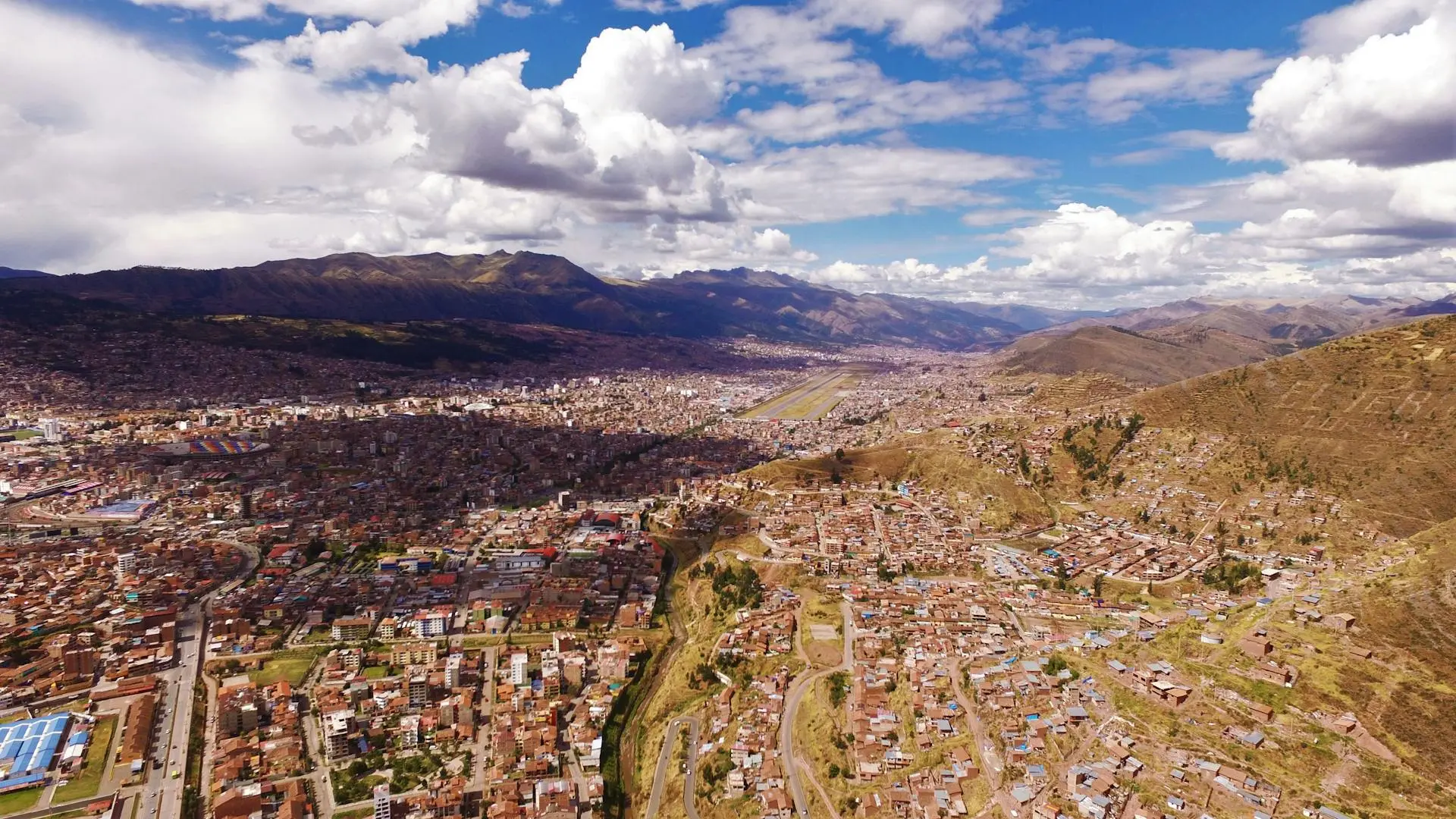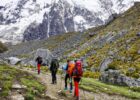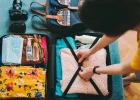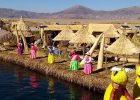Cusco, known as the “Navel of the World,” is a destination that combines history, culture, and spectacular landscapes. Whether you are planning to explore Inca ruins, enjoy local gastronomy, or participate in ancestral traditions, Cusco has something special for every visitor. In this comprehensive guide, you will find all the essential activities and places to make your visit an unforgettable experience.
Preparations Before Visiting Cusco
Purchasing the Tourist Ticket to Explore Attractions
The Cusco Tourist Ticket (Boleto Turístico) is a key investment to access most of the main attractions. It includes sites such as Sacsayhuamán, Qorikancha, and various museums.
- Types of tickets: There are partial and full options depending on the places you wish to visit.
- Practical tip: Purchase the ticket in advance, especially during high season.
Essential Tips for Your Visit
Cusco’s altitude can affect some travelers. It is important to acclimatize before engaging in intense physical activities.
- Recommendations: Stay hydrated, avoid heavy meals on the first day, and consider drinking coca tea.
- What to pack: Warm clothing for the evenings and light clothing for the daytime, sunscreen, and comfortable footwear.
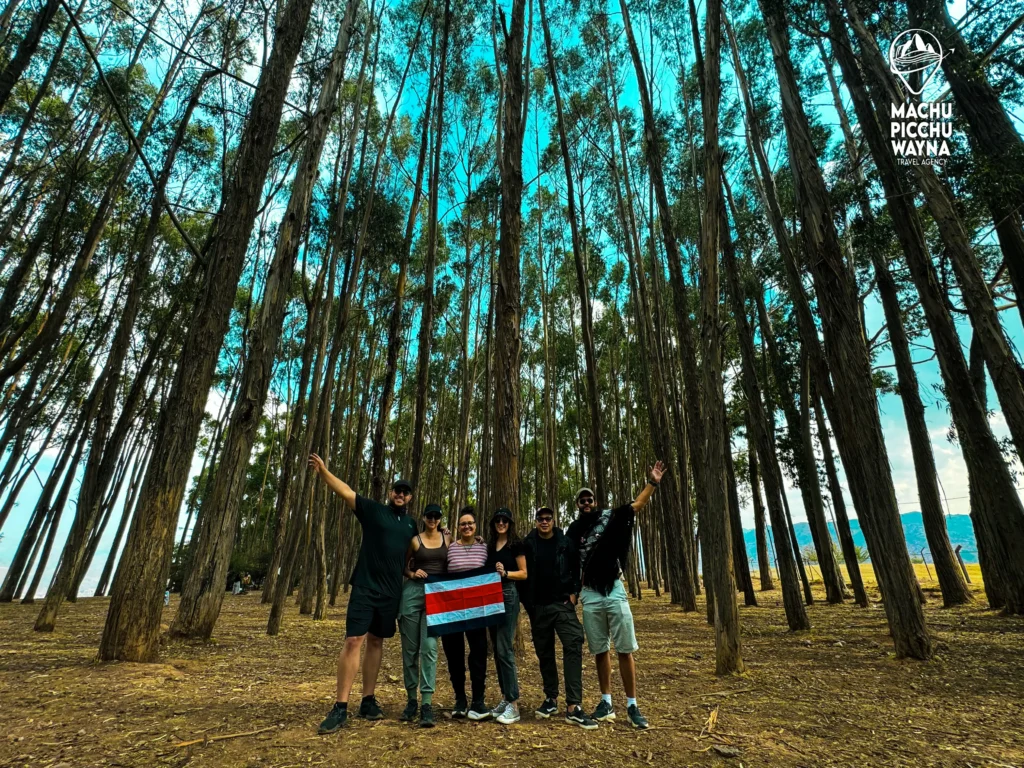
Must-Visit Places in Cusco
Plaza de Armas: The Historical Heart of the City
The Plaza de Armas is the epicenter of Cusco, surrounded by colonial buildings and two imposing churches: the Cathedral and the Church of the Society of Jesus.
- Activities: Enjoy a leisurely stroll, take photographs, and try the food at nearby restaurants.
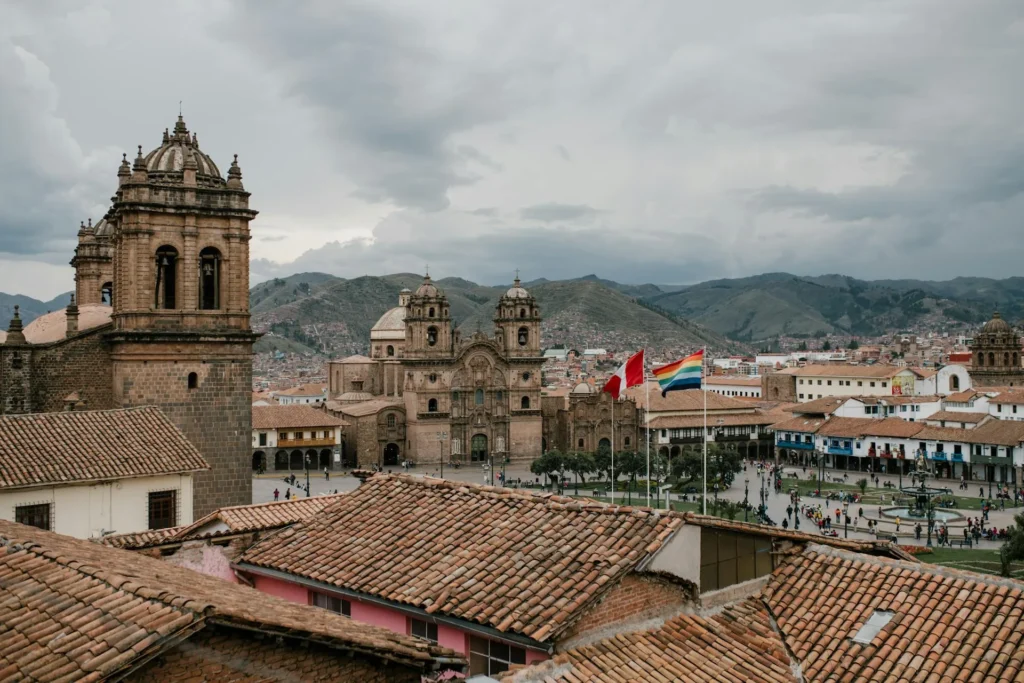
Basilica de La Merced: Colonial Architectural Jewel
This church stands out for its baroque cloister and its impressive monstrance made of gold and precious stones.
- Fun fact: The monstrance weighs 22 kilos (about 48.5 lbs) and is adorned with over 1,500 diamonds.
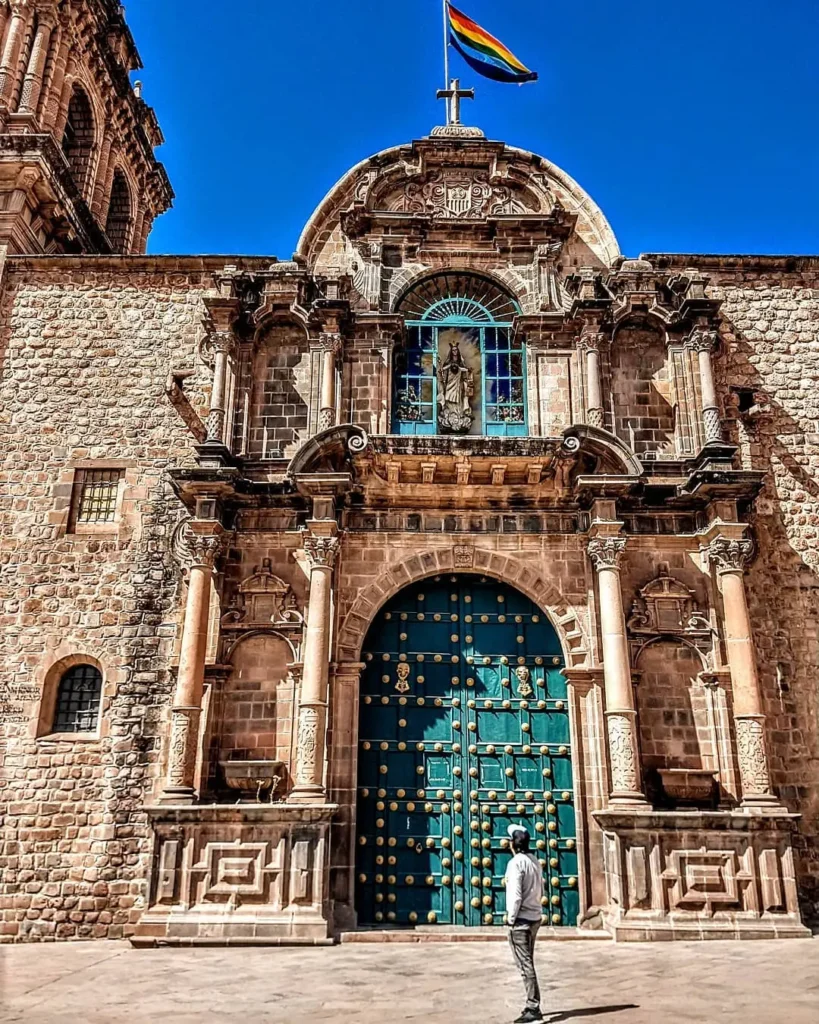
Stone of the 12 Angles: Wonder of Inca Engineering
Located on Hatun Rumiyoq Street, this stone is an example of Inca perfectionism in construction.
- Photo tip: Visit it early in the morning to avoid crowds.
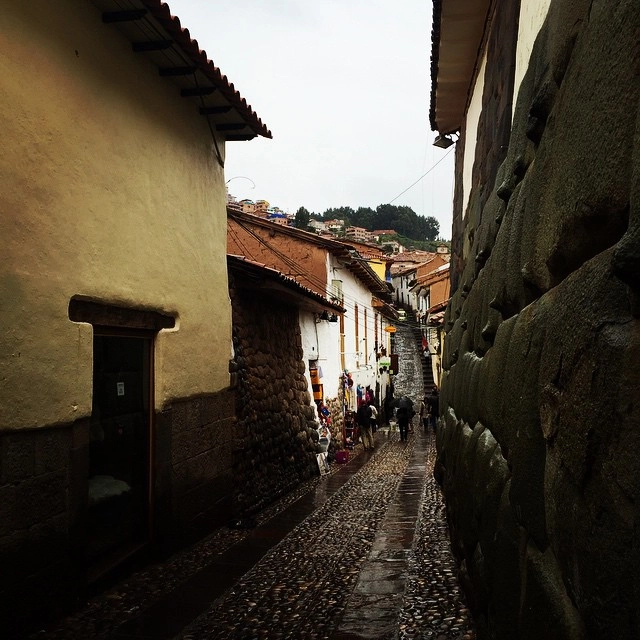
Coricancha and Santo Domingo Convent: History and Culture
Coricancha, the Temple of the Sun, was the most important enclosure of the Inca Empire, upon which the colonial convent was built.
- Recommendation: Take a guided tour to understand the cultural syncretism between the Inca and colonial eras.
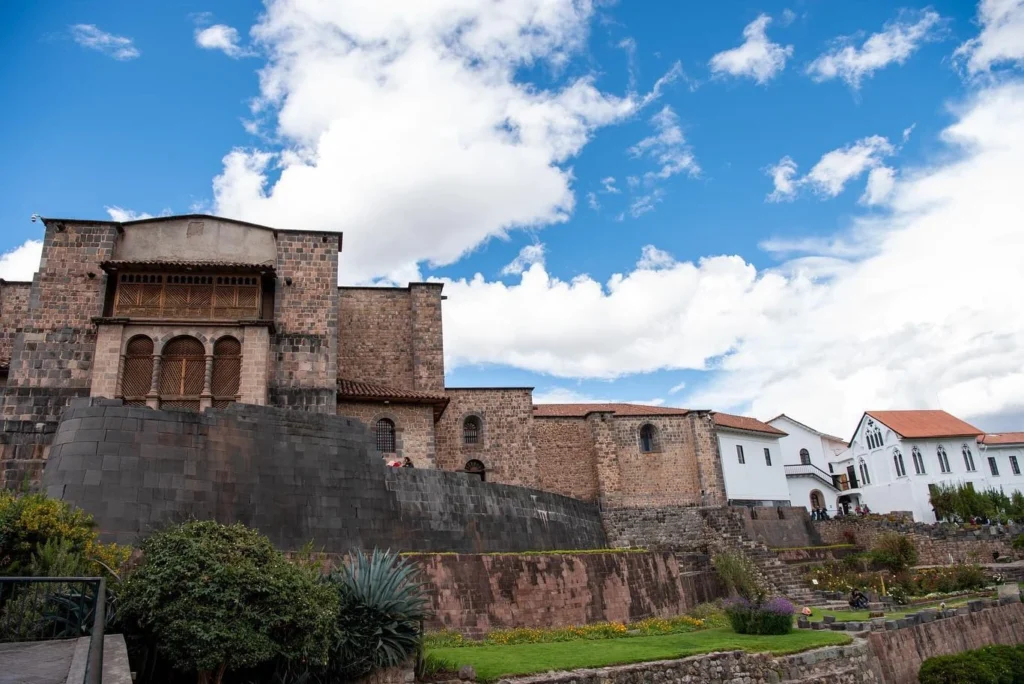
San Blas Neighborhood: Art and Cusqueñan Tradition
San Blas is the bohemian neighborhood of Cusco, known for its artisan workshops, narrow streets, and panoramic views.
- Activities: Visit the church of San Blas and buy handmade souvenirs.
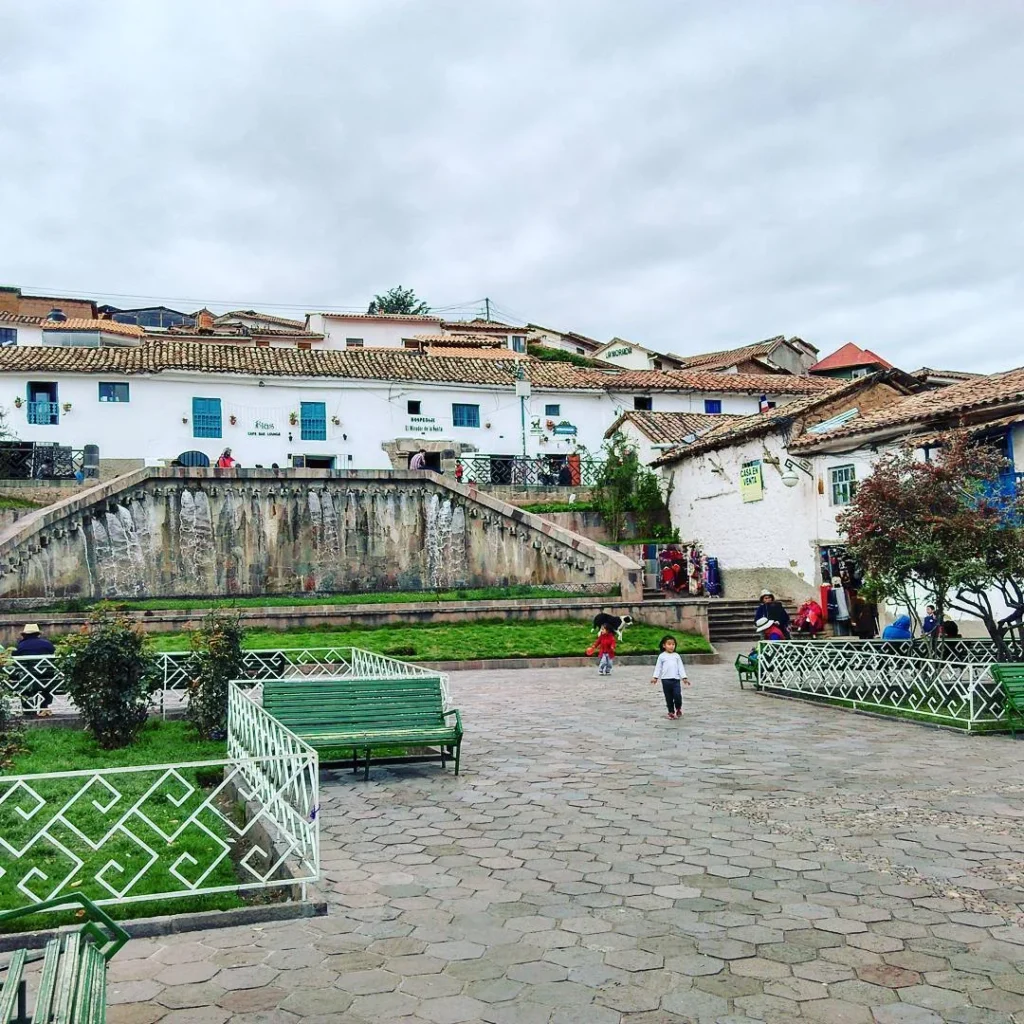
San Pedro Market: Local Flavors and Colors
This market is ideal for trying typical dishes like choclo con queso (corn with cheese) and buying fresh produce and handicrafts.
- Tip: Bring cash and be prepared to bargain.
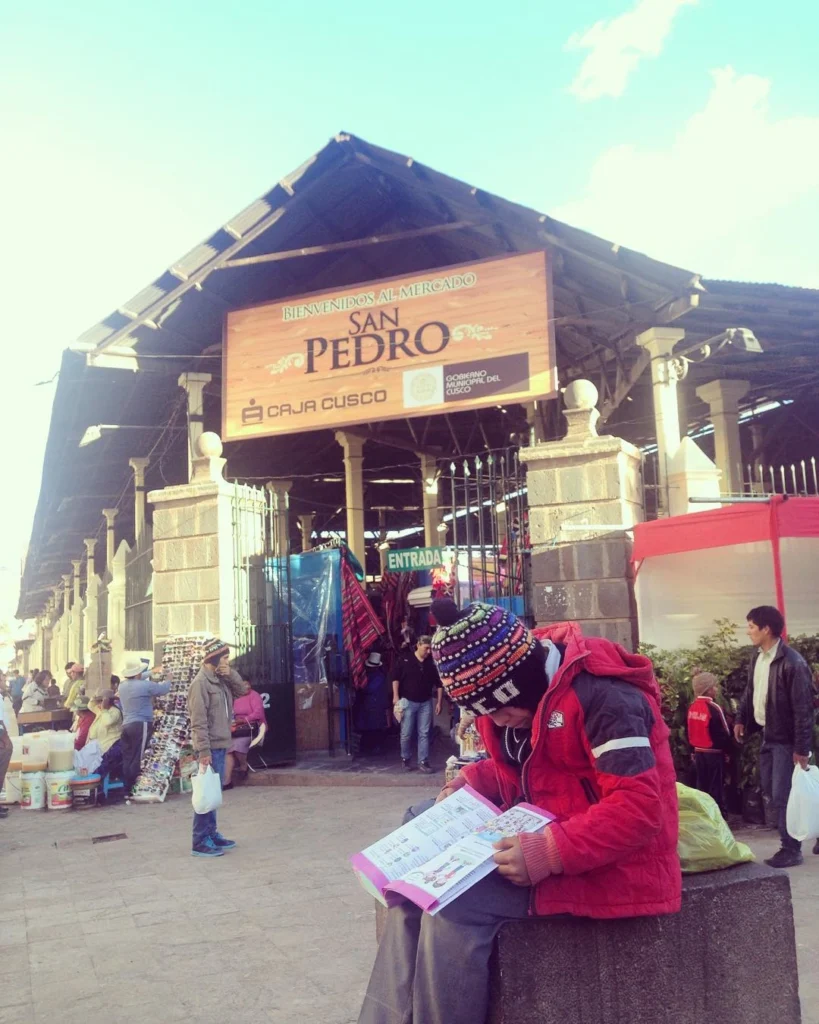
Sacsayhuamán and Other Nearby Inca Ruins
This Inca fortress, located just a few minutes from Cusco, is famous for its gigantic perfectly fitted stones.
- Other nearby ruins: Qenqo, Puca Pucara, and Tambomachay.
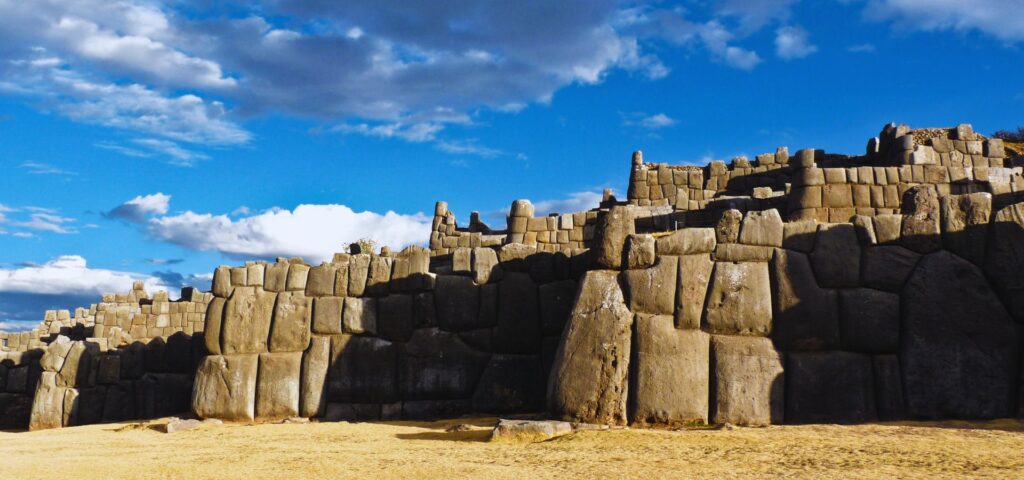
Mirador del Cristo Blanco: Panoramic Views of the City
From this viewpoint, you will get a stunning view of Cusco, especially at sunset.
- How to get there: You can walk from the center or take a taxi.
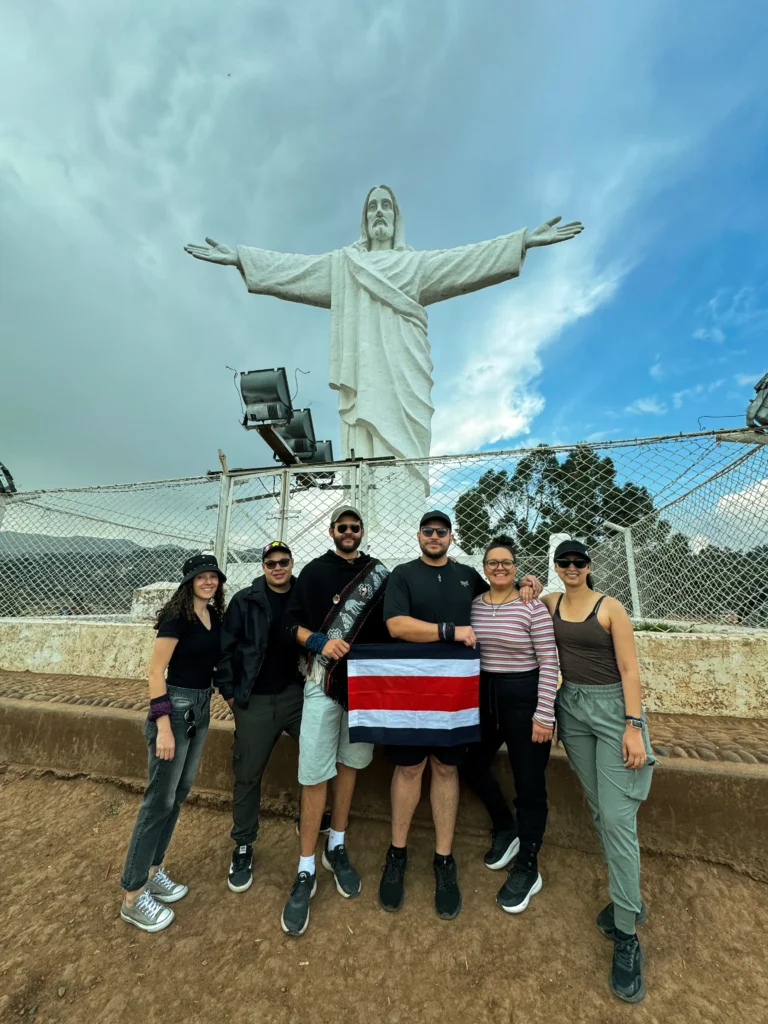
Cusco Museums: History, Pre-Columbian Art, and More
Don’t miss the Museum of Pre-Columbian Art and the Inka Museum to learn more about the region’s rich history.
Cultural Experiences in Cusco
Center for Traditional Textiles: Preservation of Andean Art
Discover how local communities preserve ancestral weaving techniques and acquire unique handmade pieces.
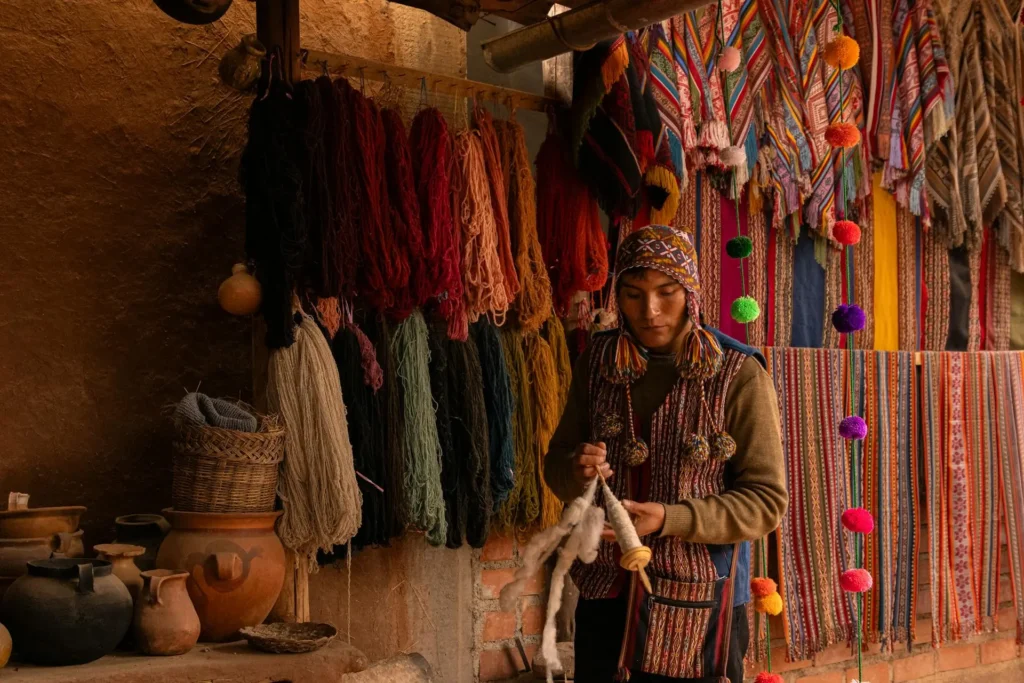
Chocolate Workshops and Pisco Sour Preparation
- Chocolate Workshop: Learn to make chocolate from the cocoa bean.
- Pisco Sour Preparation: Discover how to prepare Peru’s emblematic cocktail.
Free Salsa Classes and Cultural Experiences
Several bars in Cusco offer free salsa classes in the afternoon, a great way to immerse yourself in local culture.
Astronomical Observation: Southern Hemisphere Skies
The Cusco Planetarium offers a unique experience to observe constellations and learn about Inca astronomy.
Activities and Destinations Around Cusco
Exploring the Sacred Valley of the Incas
The Sacred Valley is home to sites like Pisac, Ollantaytambo, and Chinchero, ideal for history and nature lovers.
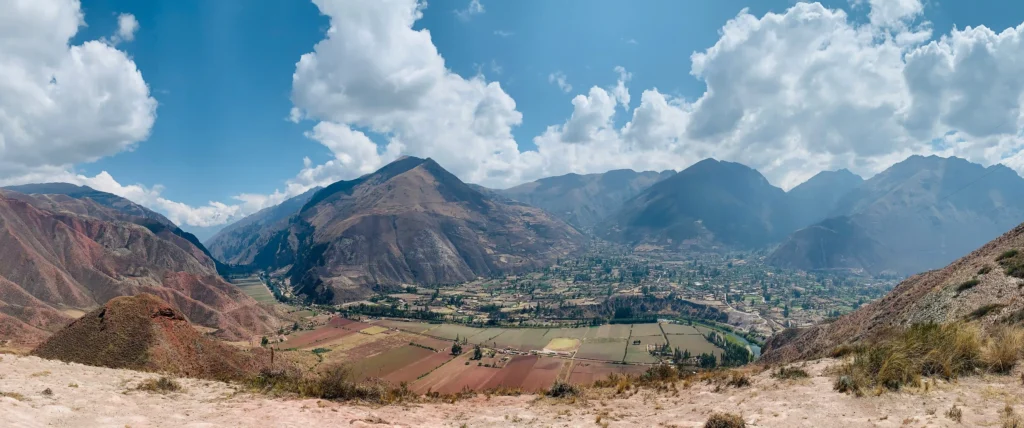
Southern Valley Route: Archaeological Sites and Traditions
The Southern Valley Route includes fascinating archaeological destinations such as Tipón, known for its advanced hydraulic engineering, and Pikillacta, a pre-Inca city of the Wari culture. Additionally, you can visit the Church of Andahuaylillas, also known as the “Sistine Chapel of the Americas” for its impressive sacred art.
- Tip: This route combines history and culture. Hiring a guide is ideal to understand its significance.
Machu Picchu: Visit to the Inca Citadel
No visit to Cusco would be complete without exploring Machu Picchu, one of the Seven Wonders of the World. This sanctuary combines Inca engineering and breathtaking landscapes.
- How to get there: You can choose the train, the Inca Trail, or alternative routes like Salkantay.
- What to see: The Temple of the Sun, the Sacred Plaza, and the agricultural terraces are highlights.
Rainbow Mountain: Natural Wonder
Vinicunca, known as the Rainbow Mountain (Montaña de los 7 Colores), is a unique place where nature displays its magic.
- Access: Requires a 3-hour hike from the starting point.
- Tip: Bring warm clothing and consider the effects of altitude.
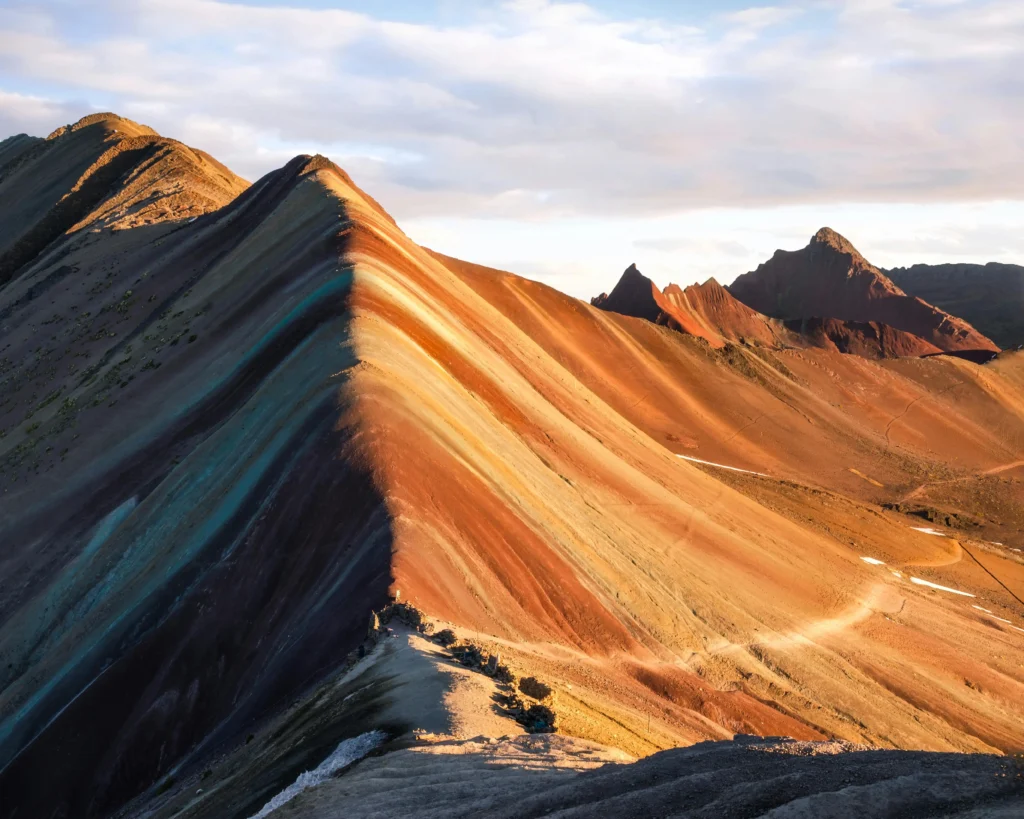
Humantay Lagoon: Trekking to Turquoise Waters
This trek leads to a lagoon surrounded by imposing snow-capped peaks. It is a perfect destination for those seeking to combine nature and adventure.
- Duration: The hike takes about 2-3 hours, depending on your pace.
- Tip: Bring sturdy footwear and plenty of water.
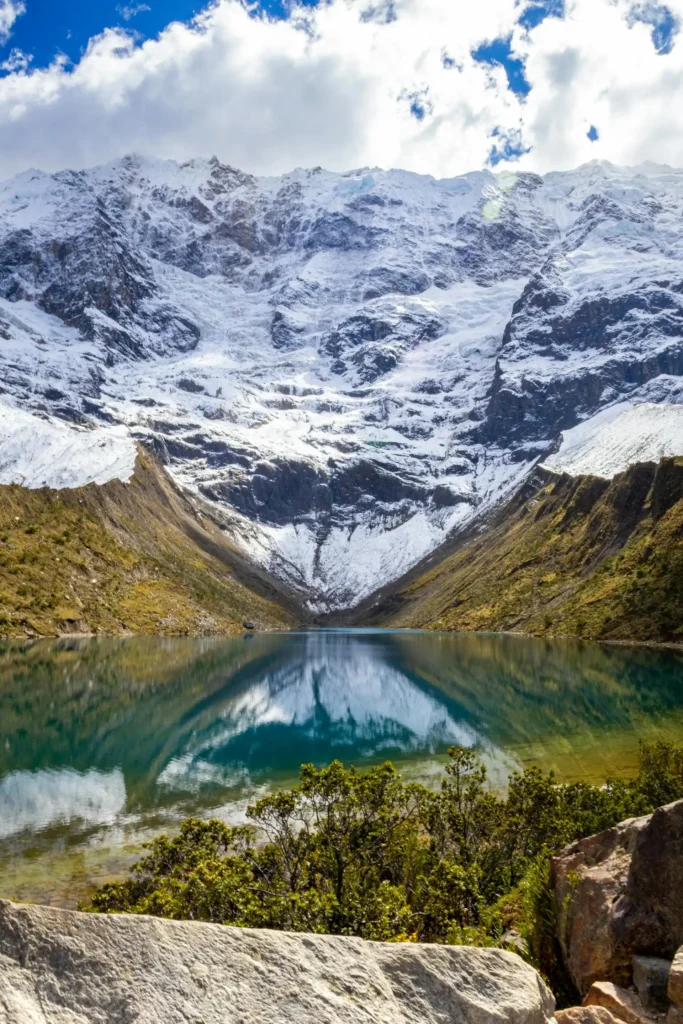
Q’eswachaka Bridge: Last Remaining Inca Rope Bridge
The Q’eswachaka Bridge is a living example of Inca traditions. This rope bridge, rebuilt annually by local communities, is a demonstration of cultural preservation.
- Recommendation: Visit during the annual reconstruction in June to witness this unique process.

Maras Salt Mines and Moray: Mines and Inca Terraces
- Maras: A set of salt ponds that produce salt using artisanal methods.
- Moray: Circular terraces believed to have been used as an agricultural laboratory.
Both places are ideal for photography enthusiasts.
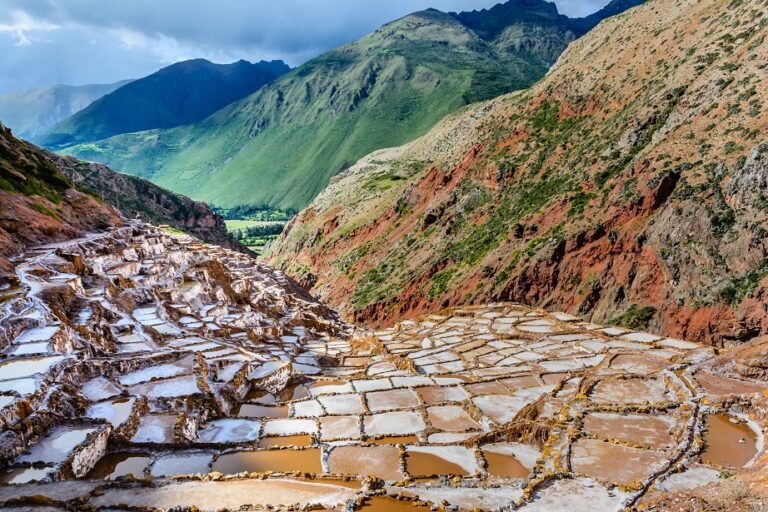
Lares and Cocalmayo Thermal Baths
Lares: Thermal waters surrounded by mountains, perfect for relaxing after a trek.
Cocalmayo: Located near Santa Teresa, these baths are ideal for those visiting Machu Picchu via alternative routes.
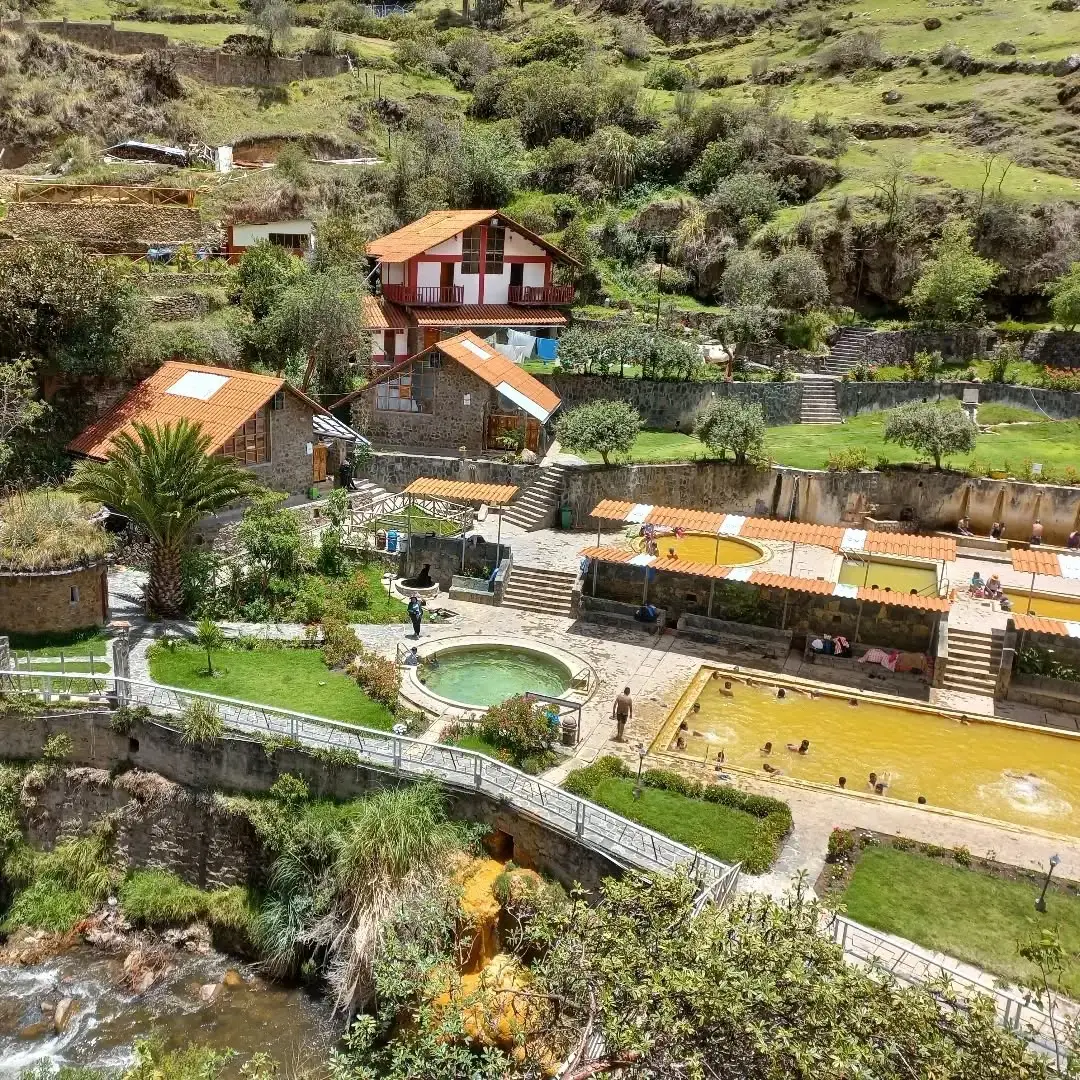
Choquequirao: The Lesser-Known Lost City
Known as the “sacred sister of Machu Picchu,” Choquequirao is a less visited but equally fascinating place.
- Access: Requires a 2-day trek, making it an adventure for the more intrepid.
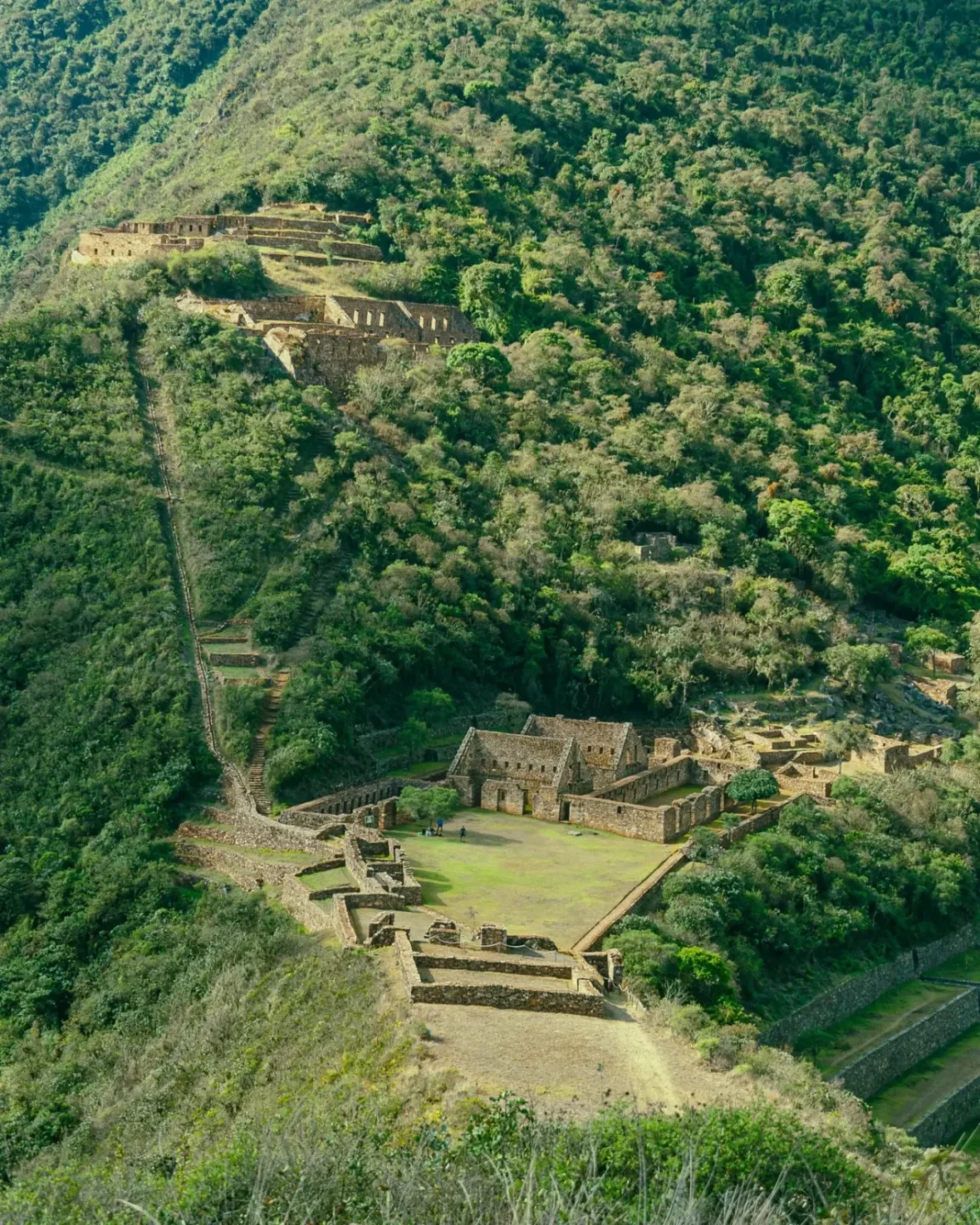
Path to Waqra Pukara: Horn-Shaped Fortress
Waqra Pukara is an impressive fortress high up in a canyon, whose name means “horn fortress.” This place combines history and spectacular landscapes.
- Tip: Be prepared for a moderate hike offering unparalleled views.
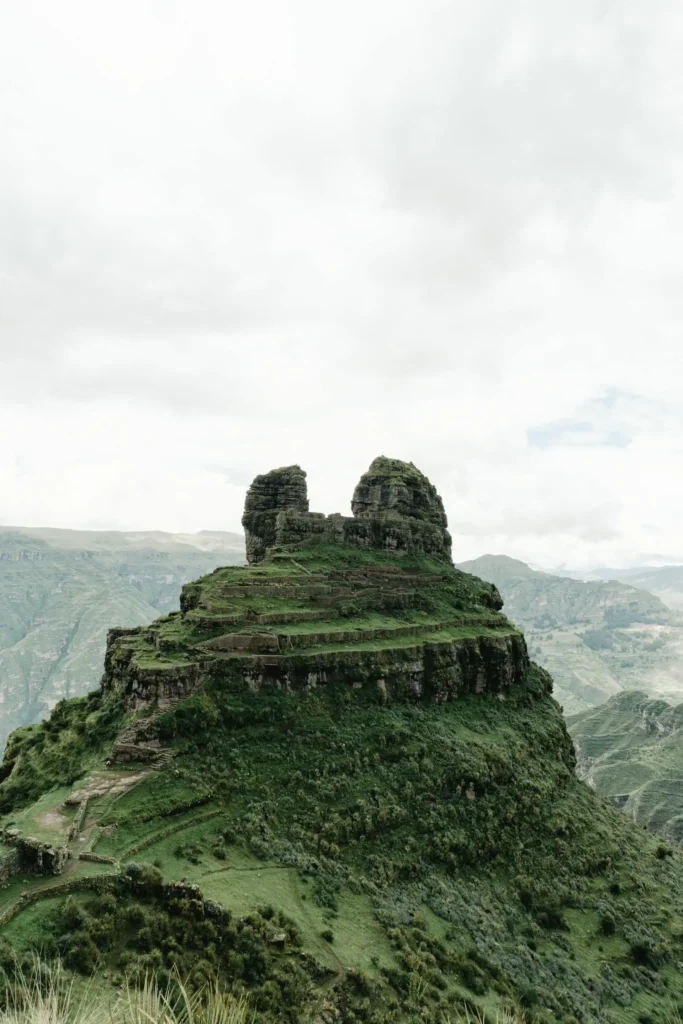
Experiential Tourism with Local Communities
In the Sacred Valley and other nearby towns, you can experience the daily life of local communities.
- What to do: Participate in agricultural activities, weaving workshops, and learn about their traditions.
Route of Andean Baroque: Sacred Art and Colonial Architecture
This route includes colonial churches filled with art and cultural richness, such as the Church of Andahuaylillas, the Church of Huaro, and the Chapel of Canincunca.
- Recommendation: Ideal for lovers of history and sacred art.
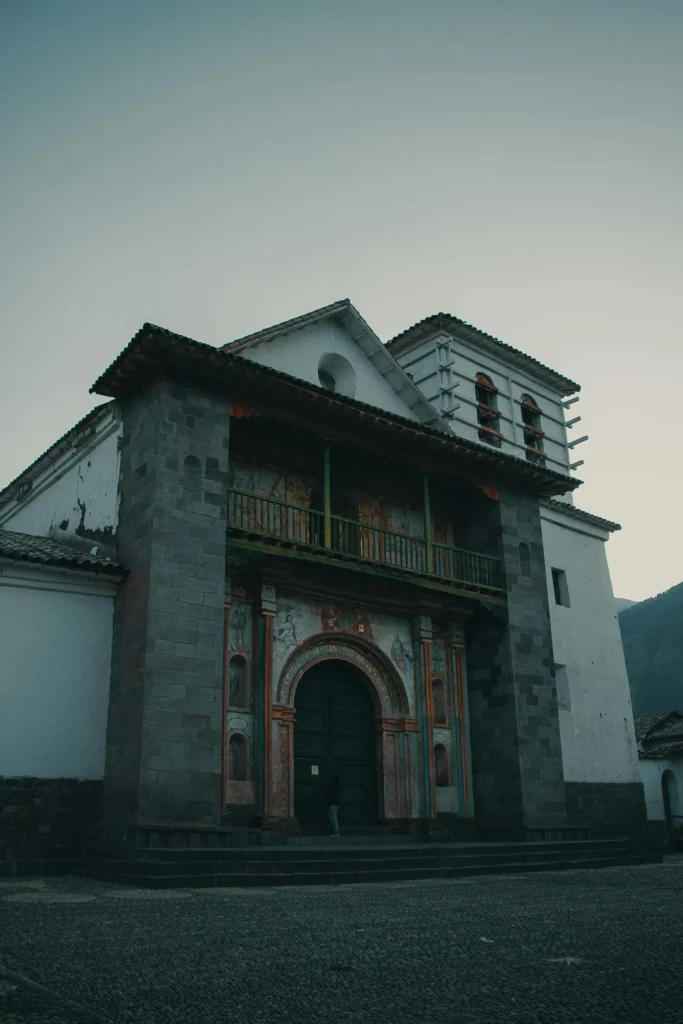
Adrenaline at Action Valley Park: Bungee Jumping and More
If you are looking for adventure, Action Valley Park is the ideal place. Here you can enjoy bungee jumping, puenteing (bridge jumping), and more extreme activities.
- Tip: Be sure to book in advance and follow safety instructions.
Festivities and Cultural Traditions
Corpus Christi and Inti Raymi: Traditional Celebrations
Corpus Christi: Faith and Tradition at Their Finest
Corpus Christi, celebrated 60 days after Easter Sunday, is one of the most important religious festivities in Cusco. This event brings together processions of saints and virgins from different parishes, converging in the Plaza de Armas of Cusco. Each image is accompanied by devout followers, music bands, and traditional dances. The event stands out for its solemn and festive atmosphere, where sounds, colors, and flavors envelop locals and tourists.
- Tip: Take advantage of this festivity to try the traditional chiriuchu, an emblematic dish that combines different ingredients of Cusqueñan gastronomy, such as guinea pig, cheese, and rocoto pepper.
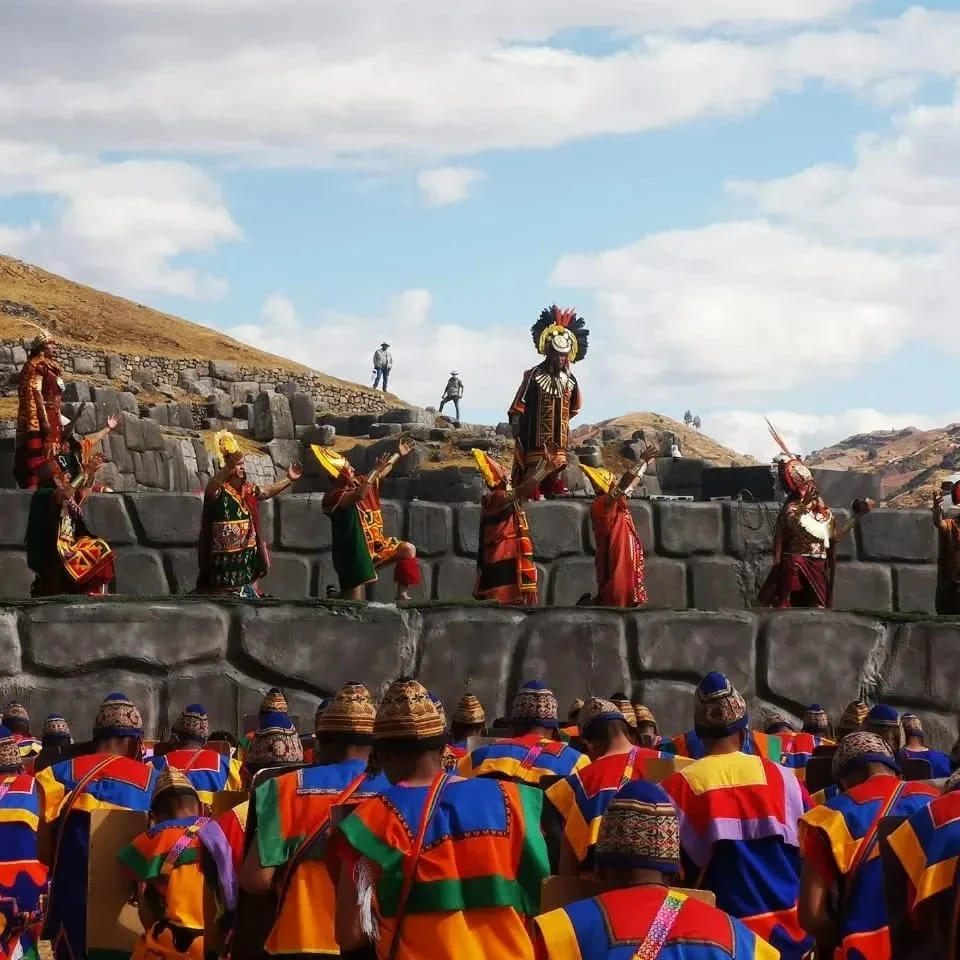
Inti Raymi: The Festival of the Sun
Inti Raymi, celebrated on June 24th, is a tribute to the Sun, the most important deity of the Inca Empire. This event takes place in three main locations: the Qorikancha, the Plaza de Armas, and the fortress of Sacsayhuamán. The ceremony includes dances and rituals that recreate the gratitude to the Sun for the harvests and spiritual renewal.
Tip: Book your tickets in advance, as it is one of the most popular events of the year. Also, wear comfortable clothing and a light jacket, as activities are outdoors.
Tasting Typical Dishes in Traditional Picanterías
An essential part of any visit to Cusco is enjoying its exquisite gastronomy. Traditional picanterías offer the opportunity to taste authentic Cusqueñan dishes that have been passed down through generations.
Tip: Visit the San Pedro Market to enjoy an authentic gastronomic experience. Here you will find affordable meals and the opportunity to interact with locals.
Cuy al Horno: This typical dish, prepared with roasted guinea pig and accompanied by potatoes and corn, is a must-try delicacy for those seeking authentic flavors.
Rocoto Relleno: A spicy pepper stuffed with meat, spices, and cheese, baked until golden.
Chiriuchu: A mix of ingredients like guinea pig, chicken, roasted corn, cheese, and rocoto, typically associated with Corpus Christi.
Chicha de Jora: A traditional fermented corn drink that perfectly complements these dishes.
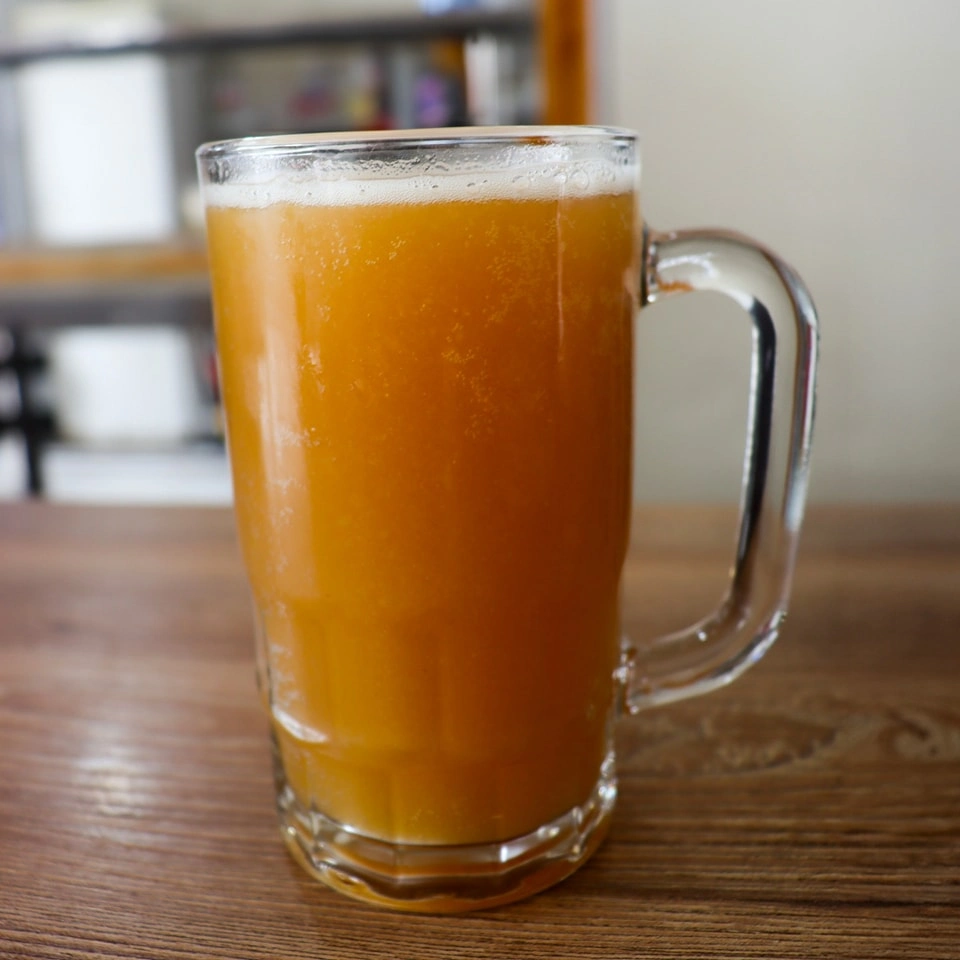
Art and Cusqueñan Traditions in Workshops and Museums
Cusco is a vibrant city that not only preserves its architectural heritage but also promotes art and culture through workshops and museums.
Traditional Art and Textile Workshops
The Center for Traditional Textiles of Cusco is an ideal place to learn about ancestral weaving techniques. Here you can participate in practical workshops and acquire unique pieces made by local artisans.
Recommended Museums
- Inka Museum: Offers a deep insight into the history of the Tahuantinsuyo (Inca Empire), exhibiting mummies, ceramics, and tools.
- Museum of Pre-Columbian Art: Located in a colonial mansion, this museum houses an impressive collection of pre-Columbian art, with pieces dating back over 3,000 years.
- ChocoMuseo: Here you can learn about the history of cacao in Peru and participate in workshops to make your own chocolate.
Visiting Markets like Pisaq and San Pedro
Markets in Cusco are not just places to shop, but also a cultural experience in themselves.
- San Pedro Market: This market in the heart of Cusco is a feast for the senses, full of colors, aromas, and flavors. Find fresh produce, handicrafts, and souvenirs.
- Pisaq Market: Located in the Sacred Valley, this artisan market is famous for its textiles, jewelry, and ceramics. It is ideal for buying unique souvenirs and learning about the traditional techniques of local artisans.
- Tip: Negotiate prices kindly, but don’t forget to value the artisan work behind each piece.
